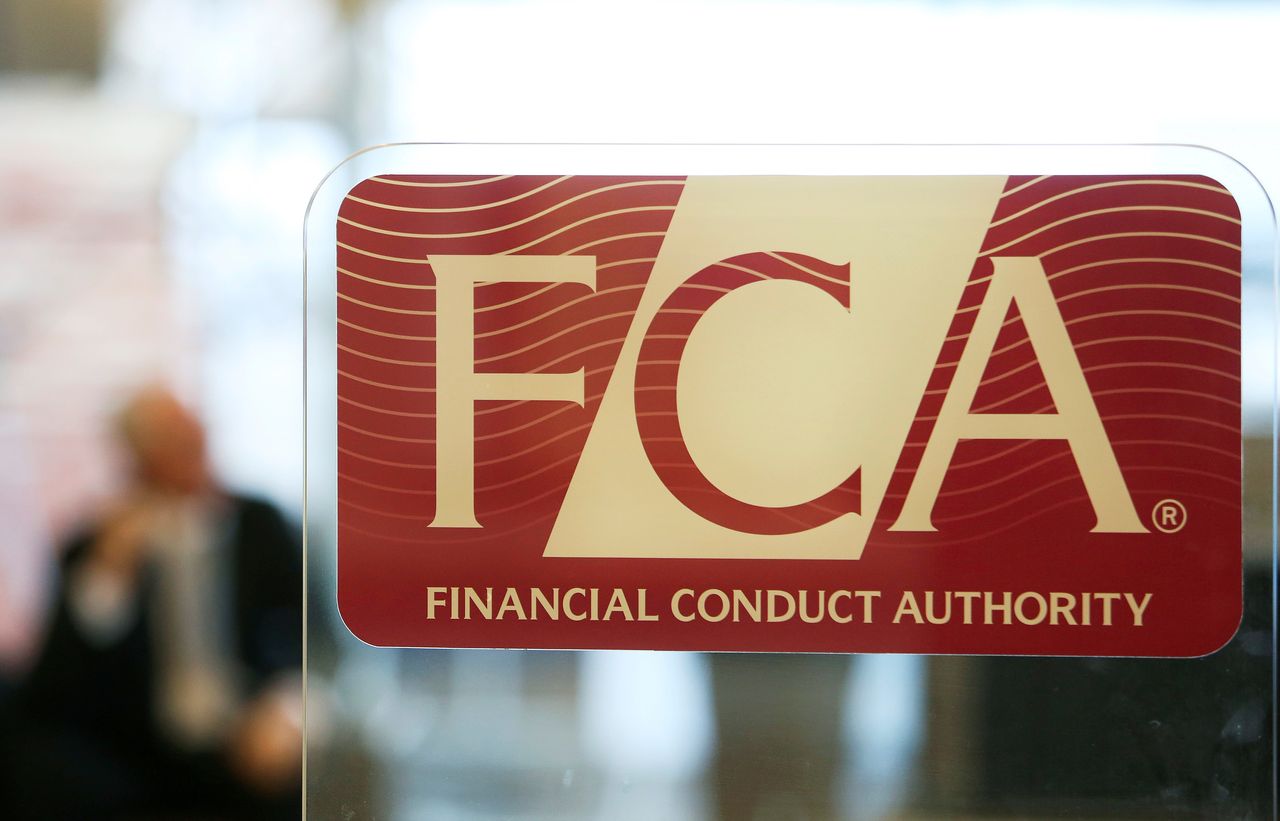Average rates on consumer credit products registered notable increases through June amid fears surrounding inflation, reaching their highest level in 28 years, according to findings from Freedom Finance.
The firm’s analysis of Bank of England data has indicated that average quoted credit card rates increased in June, from 22.76% to 23.10%, a significant monthly rise which takes rates to their highest level since December 1995.
This rise in the cost of credit cards was mirrored in the personal loan sector, although these rates remain far below that of credit cards. Freedom Finance reported that for £10,000 personal loans, rates increased from 5.85% to 6.02% through June – surpassing the 6.01% seen as at December 2022 – and marking the highest average rate in a decade, since October 2013.
For £5,000 personal loans, rates recorded a smaller rise and creeped up from 10.15% to 10.18% in June, to return to similar levels last seen in December 2022 (10.19%).
“After a period of calm, it appears consumer credit rates are now once again on an upward trajectory with credit cards reaching their highest levels in nearly 30 years,” commented chief growth officer at Freedom Finance, Andrew Fisher.
“While personal loan rates have ticked up slightly, they still offer borrowers the ability to access the credit market at more attractive rates. It could lead to increasing demand for personal loans as borrowers hunt for products to support their financial situation amid squeezed household budgets.
“It emphasises the need for consumers to exercise best practice when looking for lending products – even in a rate-rising environment there are likely to be products that suit people’s individual circumstances and needs.”
Latest News
-
IHT receipts reach £5.2bn in seven months to October
-
Coventry Building Society’s Jonathan Stinton elected IMLA chair
-
One in eight retail investors withdraw investments ahead of Budget
-
Aviva reports increase in perceptions of financial advice
-
Mortgage finance at ‘most affordable’ in almost three years – Stonebridge
-
UK inflation slows to 3.6% ahead of Budget
NEW BUILD IN FOCUS - NEW EPISODE OF THE MORTGAGE INSIDER PODCAST, OUT NOW

Figures from the National House-Building Council saw Q1 2025 register a 36% increase in new homes built across the UK compared with the same period last year, representing a striking development for the first-time buyer market. But with the higher cost of building, ongoing planning challenges and new and changing regulations, how sustainable is this growth? And what does it mean for brokers?
The role of the bridging market and technology usage in the industry
Content editor, Dan McGrath, sat down with chief operating officer at Black & White Bridging, Damien Druce, and head of development finance at Empire Global Finance, Pete Williams, to explore the role of the bridging sector, the role of AI across the industry and how the property market has fared in the Labour Government’s first year in office.
Does the North-South divide still exist in the UK housing market?

What do the most expensive parts of the country reveal about shifting demand? And why is the Manchester housing market now outperforming many southern counterparts?
In this episode of the Barclays Mortgage Insider Podcast, host Phil Spencer is joined by Lucian Cook, Head of Research at Savills, and Ross Jones, founder of Home Financial and Evolve Commercial Finance, to explore how regional trends are redefining the UK housing, mortgage and buy-to-let markets.
In this episode of the Barclays Mortgage Insider Podcast, host Phil Spencer is joined by Lucian Cook, Head of Research at Savills, and Ross Jones, founder of Home Financial and Evolve Commercial Finance, to explore how regional trends are redefining the UK housing, mortgage and buy-to-let markets.
The new episode of The Mortgage Insider podcast, out now

Regional housing markets now matter more than ever. While London and the Southeast still tend to dominate the headlines from a house price and affordability perspective, much of the growth in rental yields and buyer demand is coming from other parts of the UK.
In this episode of the Barclays Mortgage Insider Podcast, host Phil Spencer is joined by Lucian Cook, Head of Research at Savills, and Ross Jones, founder of Home Financial and Evolve Commercial Finance.
In this episode of the Barclays Mortgage Insider Podcast, host Phil Spencer is joined by Lucian Cook, Head of Research at Savills, and Ross Jones, founder of Home Financial and Evolve Commercial Finance.
© 2019 Perspective Publishing Privacy & Cookies











Recent Stories